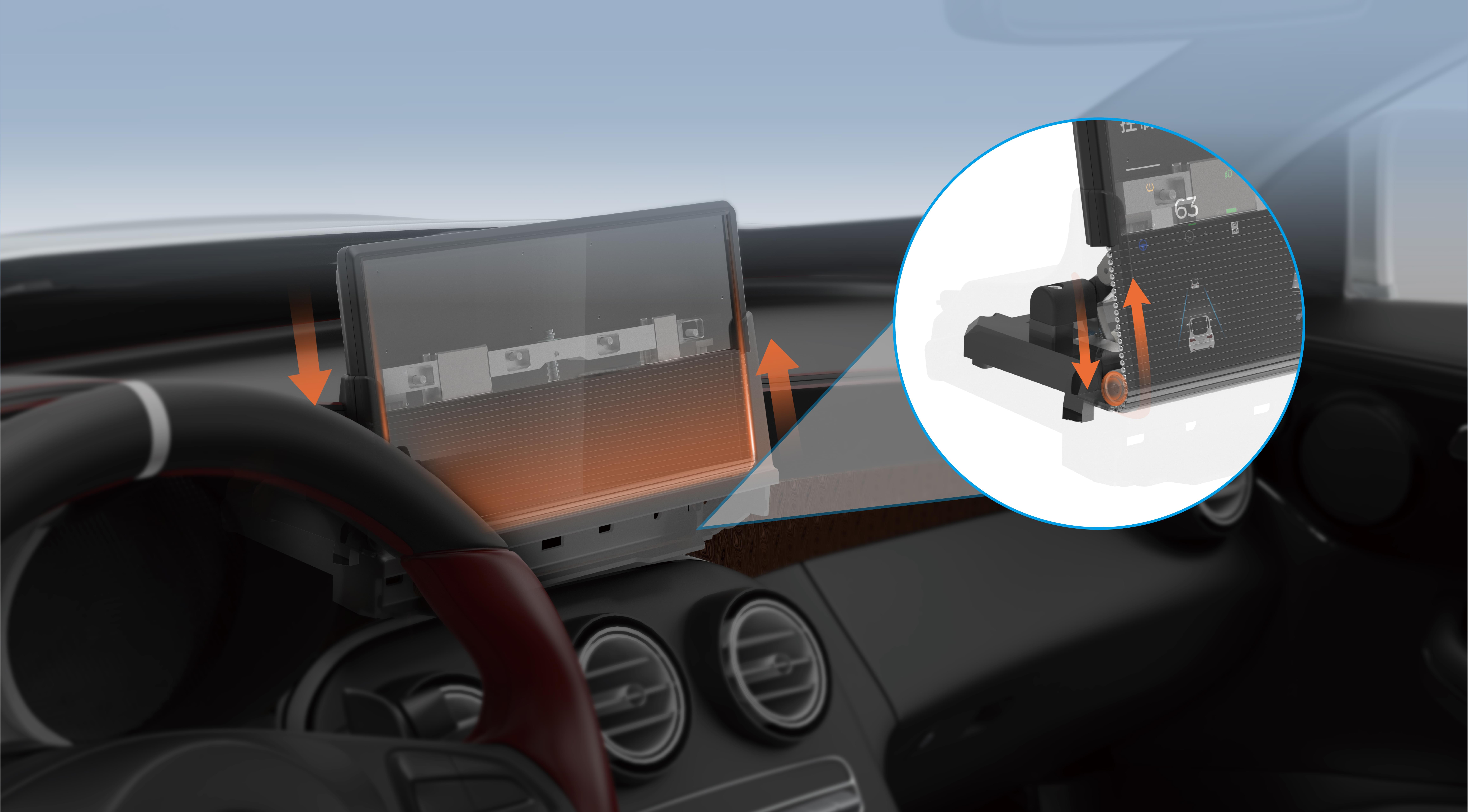Certainly! Let's craft an engaging and detailed article on "Arduino Code for Servo Motor Control Rotation." Here's Part 1 of the article:

Unlocking Creativity with Arduino and Servo Motors: A Guide to Precise Rotation Control
In the universe of DIY electronics and robotics, few components are as versatile and intuitive as the servo motor. From animatronics and camera gimbals to robotic arms and automated blinds, servo motors are often at the heart of movement and precision. Their ability to rotate to specific angles makes them invaluable for projects that demand controlled motion. But how do you harness their potential using an affordable and accessible platform like Arduino?
In this article, we're embarking on a deep dive into servo motor control, focusing on how to write effective Arduino code to command rotation precisely. Whether you're a seasoned maker or a beginner, understanding the core principles and getting hands-on with code will open up new horizons for your projects.
What is a Servo Motor and Why Use Arduino?
Before diving into the code, let's clarify what a servo motor is. Unlike simple motors that run continuously when powered, a servo motor is designed to rotate to a specific position within a range, usually 0° to 180°. It employs a feedback loop that continuously adjusts its position to match the commanded angle, making it perfect for applications needing precise control.
Arduino, with its easy-to-use IDE and vast community support, provides an accessible platform for controlling servo motors. Using a dedicated library, controlling position becomes straightforward, letting you focus on creative project design rather than complex electronics.
Diving into the Basics: How Servo Motors Work
At their core, servos contain a small DC motor, a gearbox, a sensor (potentiometer), and a control circuit. When the Arduino sends a signal—typically a pulse width modulation (PWM)—the servo interprets this as a specific angle. The longer the pulse (within a defined range), the further the servo rotates.
Typically, the control signal is a PWM signal with pulses that range from 1 millisecond to 2 milliseconds. A 1 ms pulse might correspond to 0°, 1.5 ms to 90°, and 2 ms to 180°. By adjusting these pulse durations, you control the servo's position with remarkable accuracy.
Setting Up Your Arduino and Servo for First Control
Getting started is simple. You’ll need:
An Arduino board (Uno, Mega, Nano, etc.) A servo motor compatible with your project Power supply (often the same as Arduino’s power or an external one for larger servos) Connecting wires
Connect the servo's signal wire (usually orange or white) to one of the Arduino's PWM pins (like pin 9). Power and ground wires connect to the Arduino's 5V and GND pins, respectively, or to an external power source if the servo draws considerable current.
Installing the Servo Library
Before writing code, ensure your IDE has the servo library installed. The Arduino IDE comes with a pre-installed library called "Servo" that simplifies servo control.
Open Arduino IDE. Go to Sketch > Include Library > Servo. Now, you're ready to include it in your programs.
Sample Code to Rotate a Servo from 0° to 180°
Here's a simple example to get you started:
#include Servo myServo; // create servo object void setup() { myServo.attach(9); // attach servo to PWM pin 9 } void loop() { for (int angle = 0; angle <= 180; angle += 1) { myServo.write(angle); // tell servo to go to position in variable 'angle' delay(15); // waits 15ms for the servo to reach the position } for (int angle = 180; angle >= 0; angle -= 1) { myServo.write(angle); delay(15); } }
This code smoothly rotates the servo from 0° to 180°, then back to 0°, creating a continuous sweeping motion.
How the Code Works: Breaking Down the Basics
Including the Library: #include lets you access all functions needed to control the servo. Creating an Object: Servo myServo; initializes the servo. Attaching the Servo: myServo.attach(9); binds the servo object to Arduino pin 9. Controlling Position: myServo.write(angle); moves the servo to the specified angle. Timing: delay(15); allows time for the servo to physically reach the position before moving to the next command.
Matching the delay to the servo's speed ensures smooth movements without overloading the servo.
Advanced Control: Using Variables and Sensors
As you become more confident, controlling servo rotation dynamically becomes exciting. For instance, linking a potentiometer to change angles:
#include Servo myServo; int potentiometerPin = A0; // analog input int angle; void setup() { myServo.attach(9); Serial.begin(9600); } void loop() { int sensorValue = analogRead(potentiometerPin); angle = map(sensorValue, 0, 1023, 0, 180); myServo.write(angle); Serial.print("Angle: "); Serial.println(angle); delay(15); }
This code reads a potentiometer and maps its value to an angle, creating an intuitive way to control servo rotation manually.
Fine-Tuning for Precision and Smoothness
Achieving perfect motion involves understanding your servo's specs. Some servos are faster, others more precise. Adjusting delay times, using acceleration profiles, or implementing position feedback (if available) can also enhance performance.
Summary of Part 1
Controlling servo motors with Arduino is remarkably approachable, thanks to the official Servo library. Whether you're making a robotic arm do precise movements or creating dynamic art, mastering the code to rotate to specific angles is your first step. The key lies in understanding how the PWM signals translate to physical motion and how to manipulate these signals using code.
In the next part, we’ll explore more complex control techniques, how to synchronize multiple servos, and real-world examples to inspire your next project. Plus, tips on troubleshooting common issues.
Kpower has delivered professional drive system solutions to over 500 enterprise clients globally with products covering various fields such as Smart Home Systems, Automatic Electronics, Robotics, Precision Agriculture, Drones, and Industrial Automation.




































